Major Mobile Commerce Trials Announced
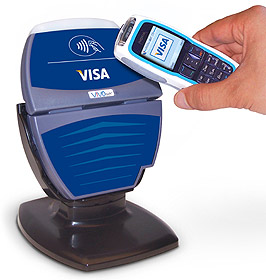 A group of major m-commerce companies announced a large-scale U.S. trial last week to include contactless payment, mobile content and premium arena services at Philips Arena in Atlanta, Georgia. The companies claim the trial will be the first large-scale test of next-generation mobile-phone applications in North America. The grouping includes Chase, Cingular Wireless, Nokia, Philips, Visa USA and others. The contactless payment functionality will be based on Near Field Communication (NFC) technology first developed by Sony and Philips. Other NFC trials are underway in Germany and France.
A group of major m-commerce companies announced a large-scale U.S. trial last week to include contactless payment, mobile content and premium arena services at Philips Arena in Atlanta, Georgia. The companies claim the trial will be the first large-scale test of next-generation mobile-phone applications in North America. The grouping includes Chase, Cingular Wireless, Nokia, Philips, Visa USA and others. The contactless payment functionality will be based on Near Field Communication (NFC) technology first developed by Sony and Philips. Other NFC trials are underway in Germany and France.
Wireless Watchers will know that the Sony/Philips NFC technology is also powering the super-successful “FeliCa”-branded mobile contactless payment services in Japan and has been adopted by NTT DoCoMo, KDDI and Vodafone as the de facto market standard for m-commerce, e-wallets, transportation and other peer-to-peer data transfer services. Sony first deployed NFC on the Octopus card in Hong Kong in 1997 and rolled their mobile handset trial ran in Japan in December 2003 — see WWJ video here. Today, over 7 million FeliCa-enabled phones have already been sold by DoCoMo alone.
One might think the two-year jump on deployment and commercial experience, not to mention brand equity, in Japan would motivate Sony to transplant an obvious success story from Tokyo to markets elsewhere. Instead, it looks like the wheel is being reinvented all over again.


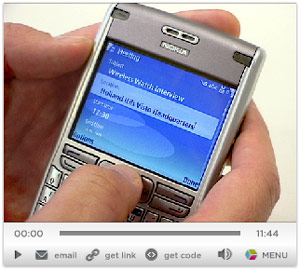 Yesterday, Vodafone Japan announced
Yesterday, Vodafone Japan announced 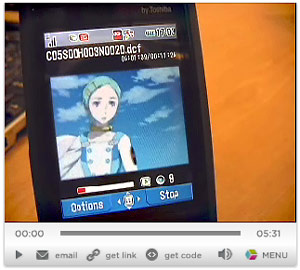 It’s rare for WWJ editors, a jaded bunch, to get too excited about new service announcements, but on 6 December, we jumped on this fresh Vodafone
It’s rare for WWJ editors, a jaded bunch, to get too excited about new service announcements, but on 6 December, we jumped on this fresh Vodafone 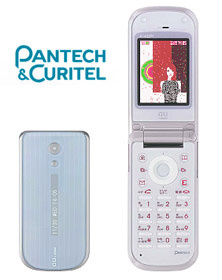
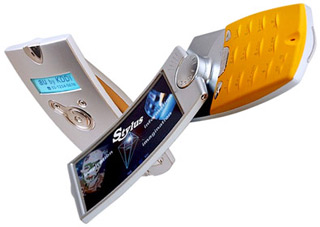 The latest models from KDDI’s
The latest models from KDDI’s 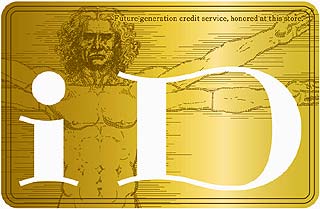 On 8 November, DoCoMo said they would start offering a new FeliCa-compatible credit card, called the ‘
On 8 November, DoCoMo said they would start offering a new FeliCa-compatible credit card, called the ‘